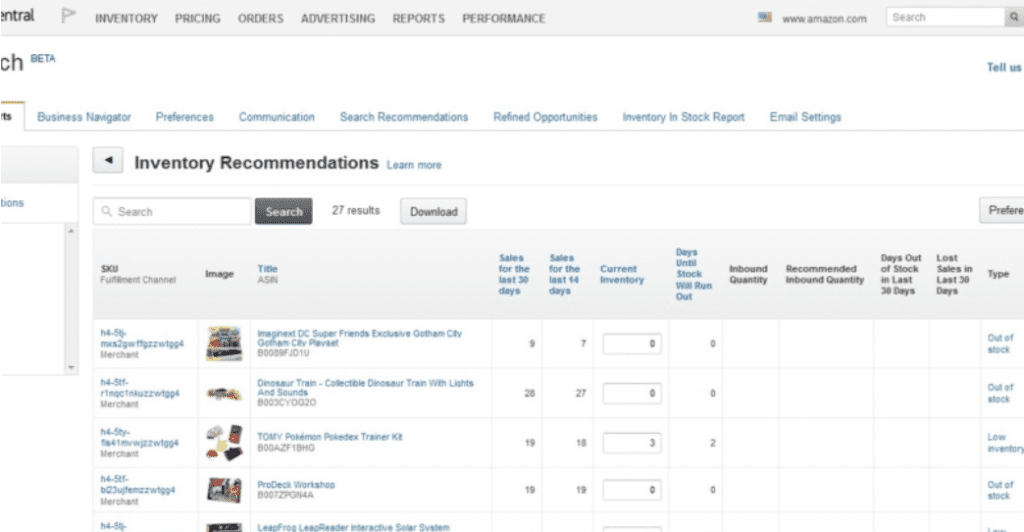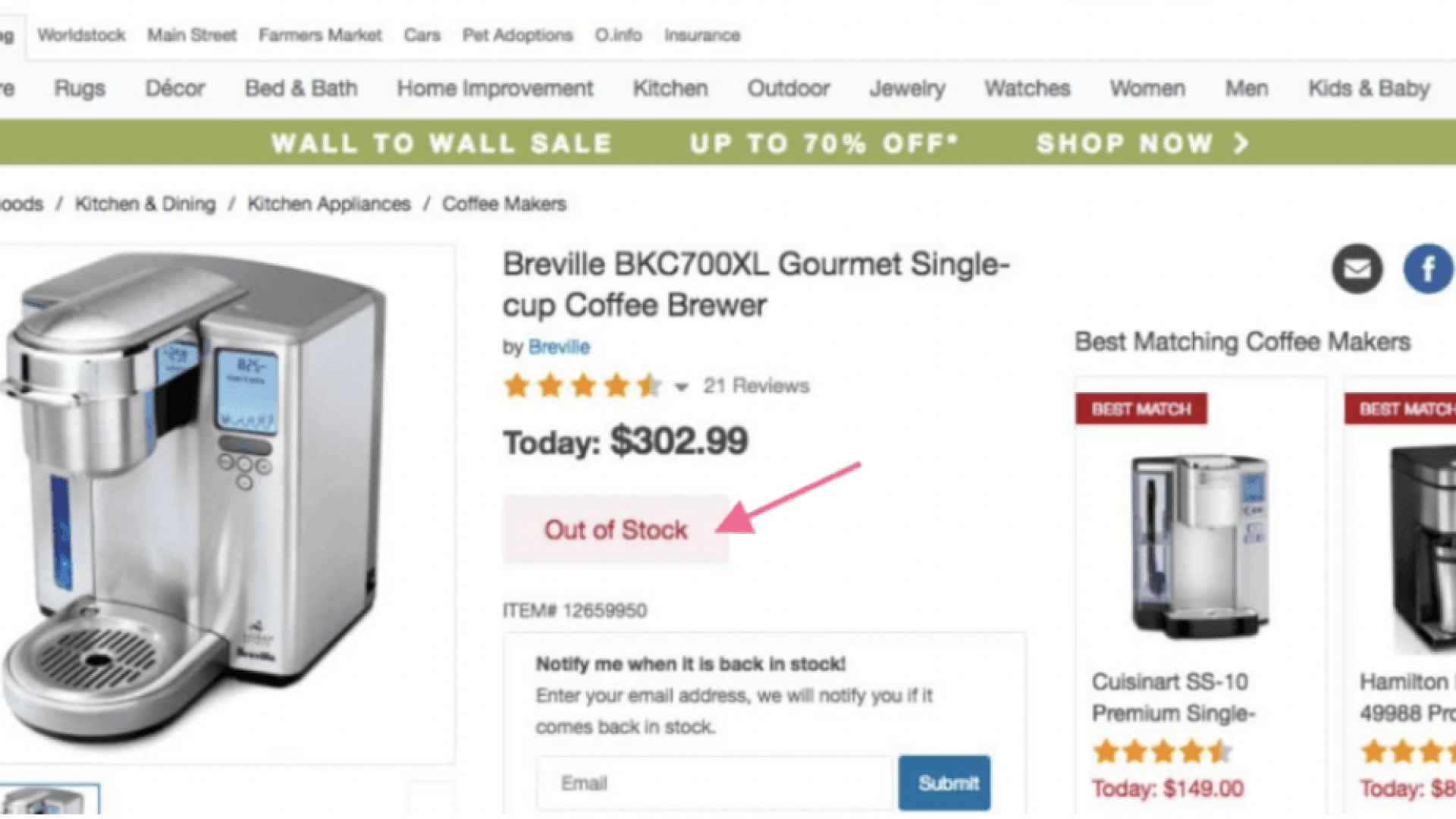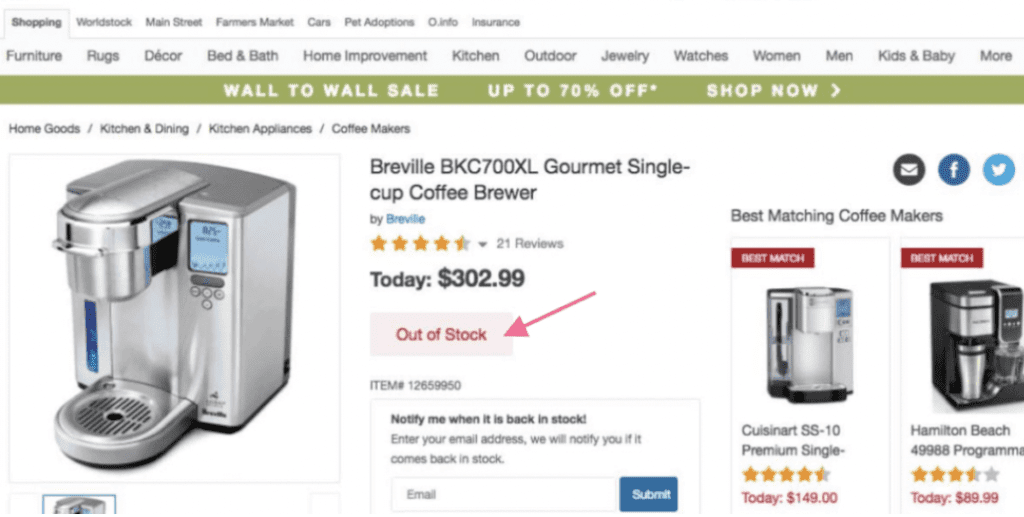Keeping your ecommerce operation functioning smoothly is vital, particularly when using the Amazon FBA (Fulfillment by Amazon) platform. This article will shed some light on dealing with the dreaded ‘out-of-stock’ situations, an event which could interrupt the flow of your business and disrupt customer relations.
Out-of-stock scenarios are, unfortunately, a fairly typical occurrence in the eCommerce space, especially during high-demand seasons or unexpected sales spikes. While the increased demand is generally good news, the subsequent stock shortage could put your reputation & seller rank at risk on platforms like Amazon FBA, therefore managing it is crucial.
The first effective step in managing out-of-stock situations is anticipating them. Implement a robust inventory management strategy that allows for regular stock takes, trend analysis, and demand prediction. A well-prepared plan here can save a lot of the stress connected with out-of-stock scenarios.
Interestingly, out-of-stock situations aren’t necessarily as negative as they might seem. In fact, they offer a valuable opportunity to communicate with customers. This allows you to build stronger relationships, improve your transparency, and gain customer trust, which is essential for any ecommerce operation.
Handling customer communication during out-of-stock situations is incredibly important – it’s an opportunity to provide reassurance & manage your customers’ expectations. Notify your customers promptly when a product has run out and provide them with an estimate of when the item will be back in stock, if feasible.
Make use of Amazon FBA’s powerful tools to help mitigate out-of-stock scenarios. Their inventory management system allows you to track your stock levels and give you insights into sales trends, helping predict high demand periods and preventing stock shortages before they occur.

Another beneficial approach is to establish supplier relations that allow for fast restocking. Having the ability to quickly replenish your inventory not only minimizes your downtime but also assures your customers of your reliability.
In the unfortunate event of an out-of-stock situation, use strategies to keep your customers engaged, such as offering alternative products or exclusive discounts for future purchases. This helps to manage the situation effectively and turns it into an opportunity to showcase your exemplary customer service.
Managing out-of-stock situations also involve an analysis of the situation once your inventory is replenished. Understanding what led to the lack of stock & how you handled it could be instrumental to your ecommerce strategy moving forward.
If the out-of-stock was due to a supplier issue, work closely with them to understand the problem and how it can be avoided in future. Good relationships with suppliers are key to maintaining consistent stock levels, especially when selling through Amazon FBA.
If the stock shortage resulted from a surge in sales, congratulations. It’s a clear sign that your product is popular. However, such popularity calls for better demand forecasting in order to minimize the likelihood of future stock shortages.
Use Amazon FBA’s reports to understand your sales trends & consumer behavior. This data is valuable in forecasting future demand and planning your restocking strategy. Tools and analytics can be a real game-changer for managing inventory effectively.
At the end of the day, remember that ecommerce, particularly when using platforms like Amazon FBA, is a learning process. Each out-of-stock event, even though inconvenient, adds to your experience and proficiency in managing your online store.

Maintaining a seamless ecommerce operation is not a simple task, but dealing efficiently with ‘out-of-stock’ situations can help to demonstrate your commitment to your customers. So, view these occurrences as an opportunity to better your business processes and customer relations.
To conclude, no one enjoys out-of-stock situations, but shouldn’t spell doom for your eCommerce business. By following the points we mentioned above, you can manage and learn from these experiences & embrace them as an intrinsic part of running a successful eCommerce store on platforms like Amazon.



